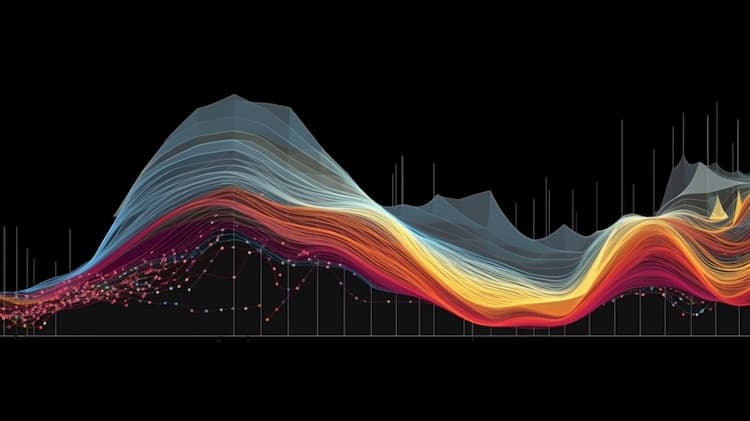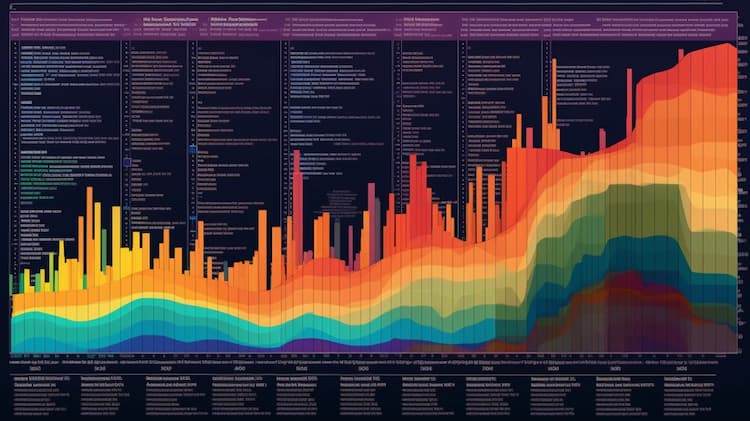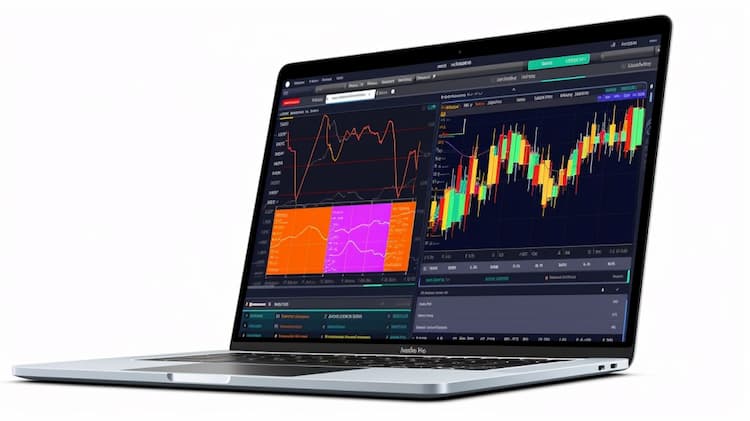
IVE VS IWD: A Comprehensive Comparison of ETFs
Exchange-Traded Funds (ETFs) have transformed the investment landscape by providing efficient exposure to various sectors and asset classes. In this article, we will conduct an in-depth comparison of two prominent ETFs: IVE (iShares S&P 500 Value ETF) and IWD (iShares Russell 1000 Value ETF). We'll explore essential aspects, including their tickers, full names, issuers, sectors, top holdings, capitalization, investment strategy, tracking methods, and exposure.
IVE VS IWD: Overview
IVE and IWD are ETFs designed to capture the performance of value stocks in the U.S. equity market. IVE focuses on the S&P 500 Index, while IWD tracks the Russell 1000 Value Index. Both ETFs aim to provide investors with exposure to undervalued stocks within the large-cap segment, but their underlying indexes and methodologies differ.
IVE VS IWD: Sectors and Top Holdings
IVE is concentrated on sectors that are considered undervalued based on fundamental metrics. It holds companies across various sectors, including financials, healthcare, and industrials. IWD, on the other hand, specifically targets value stocks within the Russell 1000 Index. This index includes sectors like technology, healthcare, and consumer goods. Analyzing sector allocation and top holdings can help investors understand the ETFs' composition and potential risk-return profiles.
 IVE overlap IVE VS IWD: A Comprehensive Comparison of ETFs
IVE overlap IVE VS IWD: A Comprehensive Comparison of ETFs
IVE VS IWD: Capitalization and Investment Strategy
IVE and IWD differ in terms of their underlying indexes and investment strategies. IVE's S&P 500 Value Index consists of value stocks from the iconic S&P 500 Index. In contrast, IWD's Russell 1000 Value Index covers a broader scope of large-cap value stocks. The capitalization of these ETFs is influenced by the market values of their constituent companies, impacting their performance and potential for growth.
IVE VS IWD: Tracking Methods and Exposure
Both IVE and IWD use indexing strategies to track their respective value indexes. IVE aims to replicate the performance of the S&P 500 Value Index, while IWD seeks to mirror the Russell 1000 Value Index. This tracking is achieved by investing in the underlying stocks according to their weightings in the indexes. As a result, investors gain exposure to value-oriented companies that exhibit characteristics of being undervalued by the market.
Conclusion
IVE and IWD offer investors unique avenues to access value stocks within the U.S. equity market. While IVE focuses on the S&P 500 Value Index, IWD hones in on the Russell 1000 Value Index. Understanding the differences in sectors, top holdings, capitalization, investment strategy, and tracking methods is crucial for selecting the ETF that aligns with an investor's objectives. To gain deeper insights into these ETFs and other financial instruments, investors can utilize tools like ETF insider, which provides valuable information for informed decision-making.
Disclaimer: This article is intended for informational purposes only and does not provide investment advisory services.
Sources:
IVE ETF issuer
IVE ETF official page
IVE quote and analysis
Discover the top holdings, correlations, and overlaps of ETFs using our visualization tool.
Our app allows you to build and track your portfolio.
To learn more about the IVE iShares S&P 500 Value ETF, access our dedicated page now.









